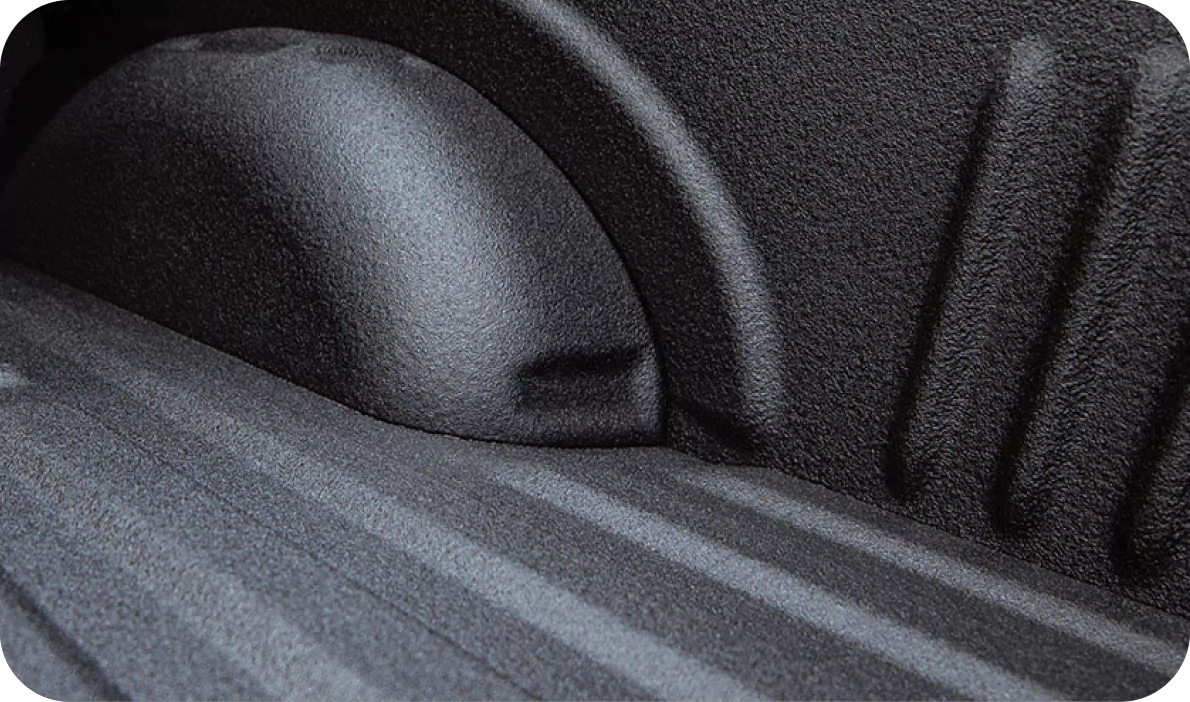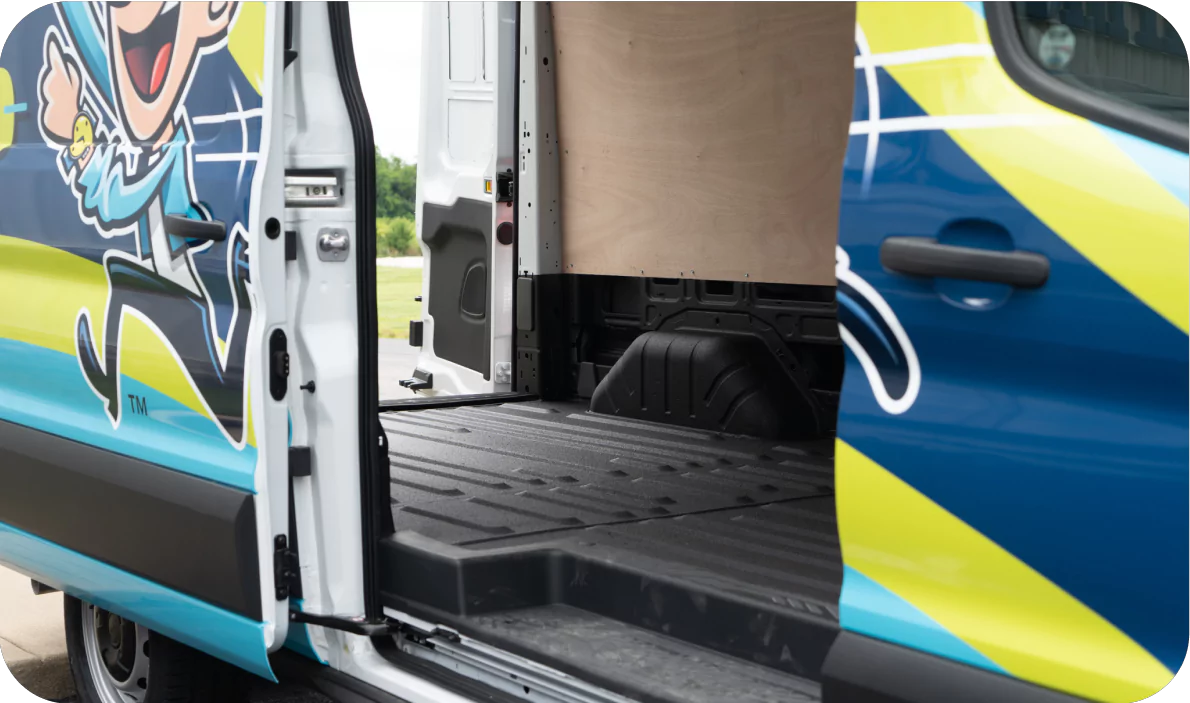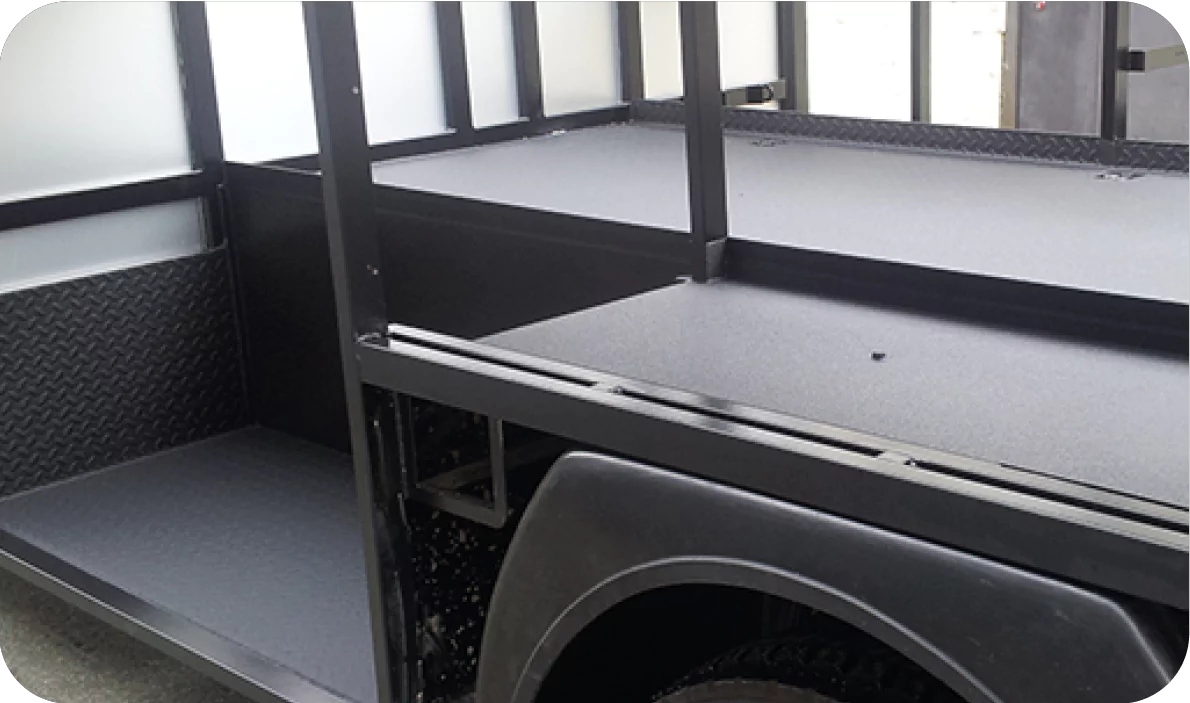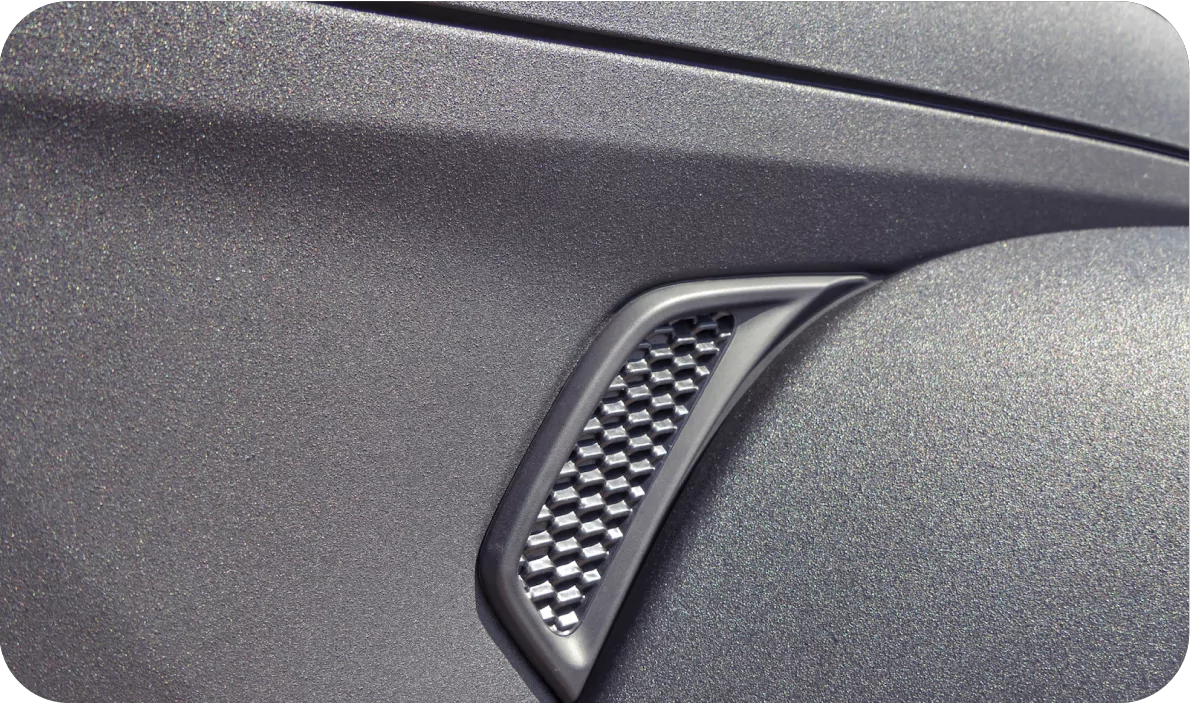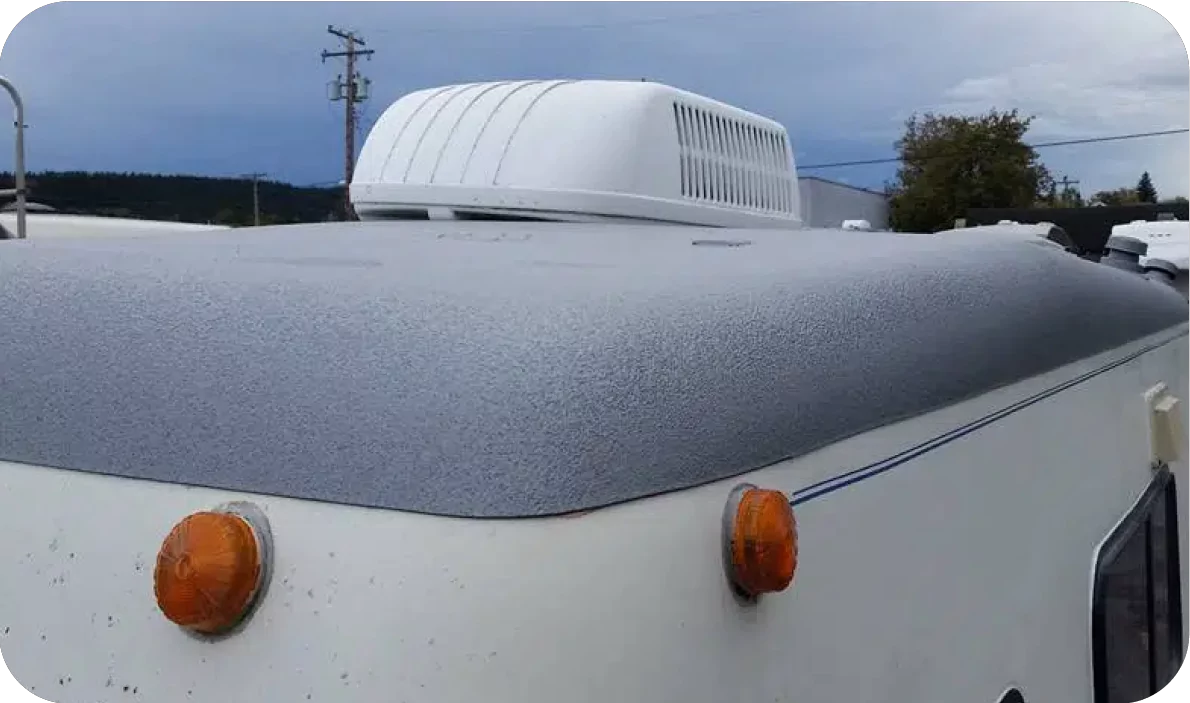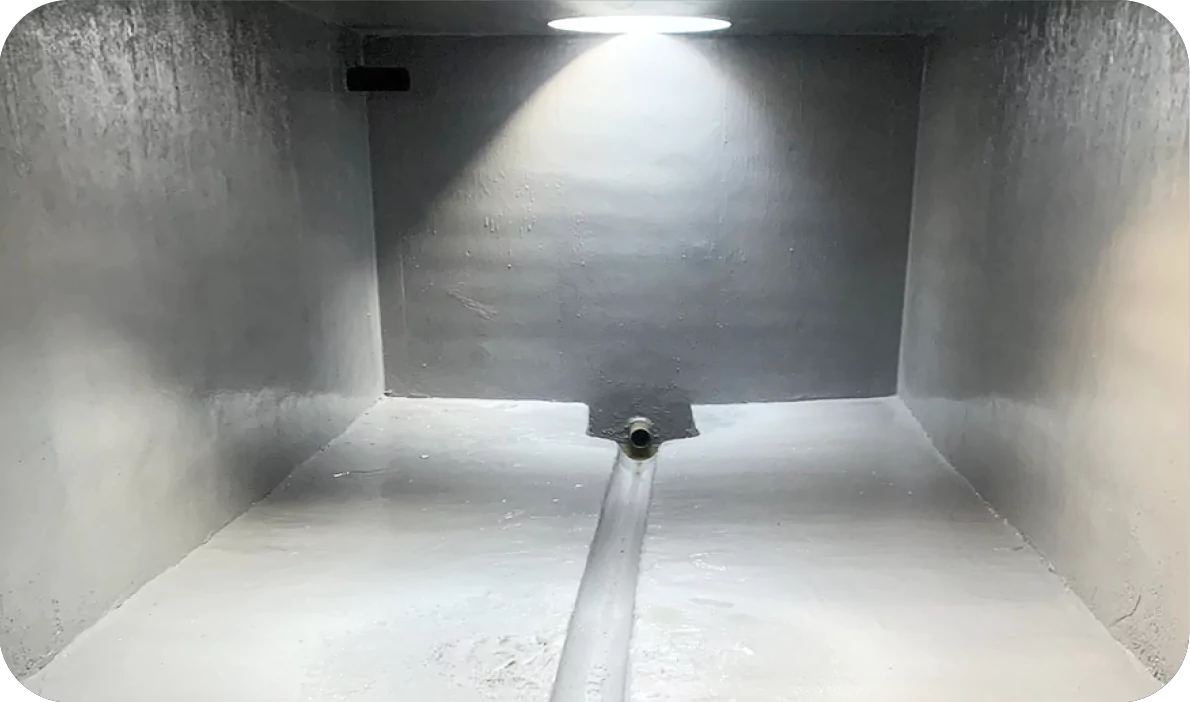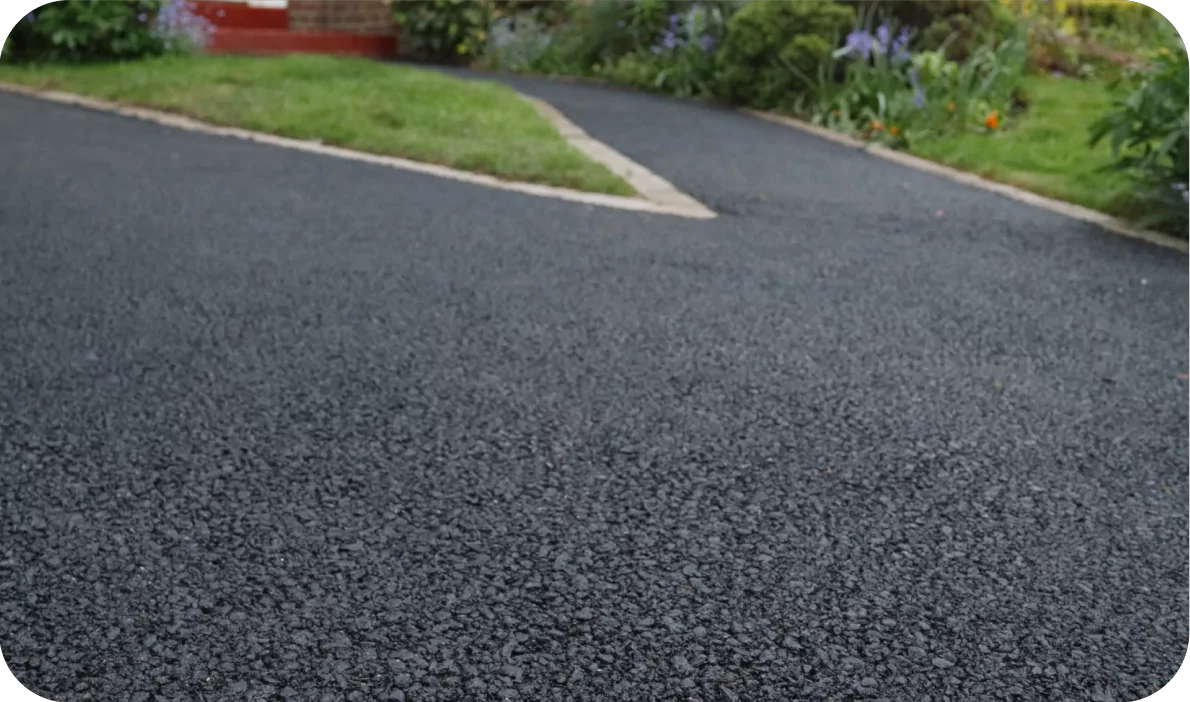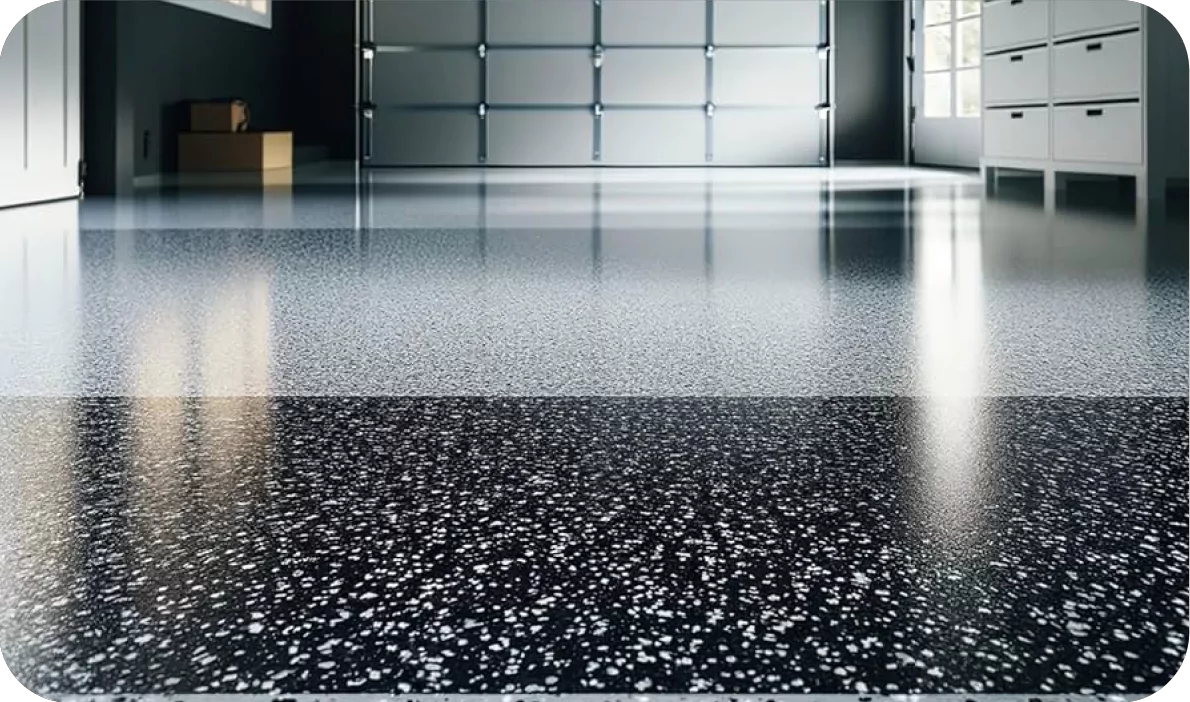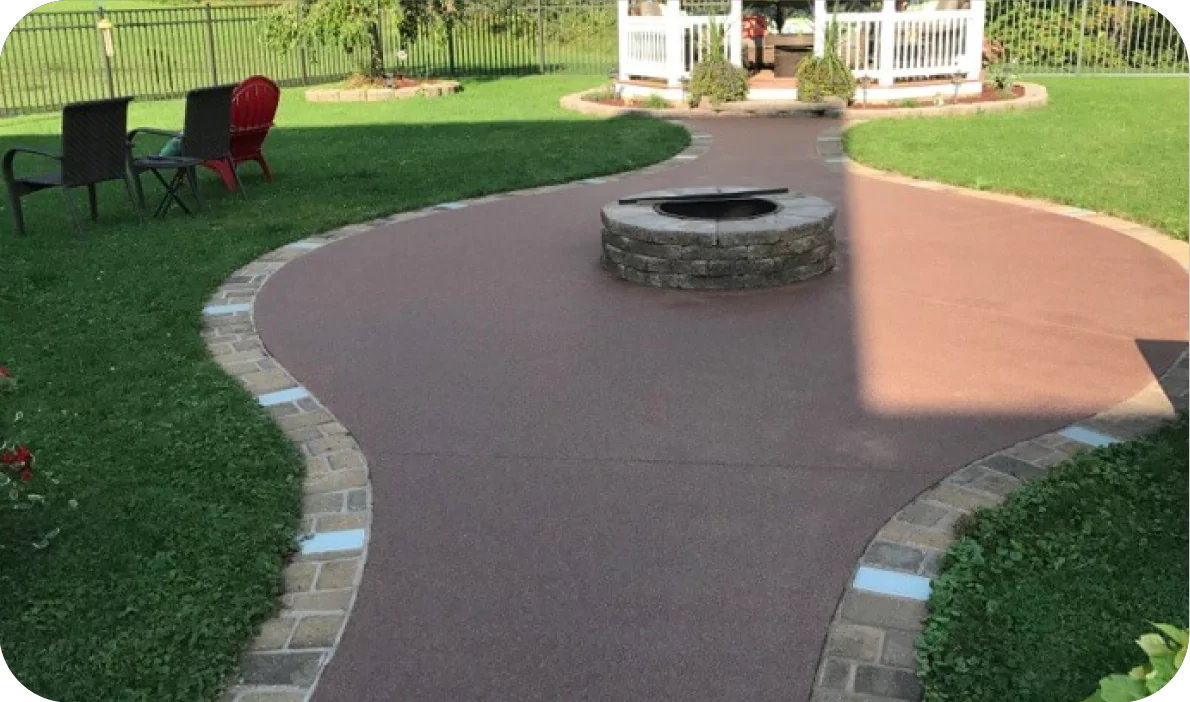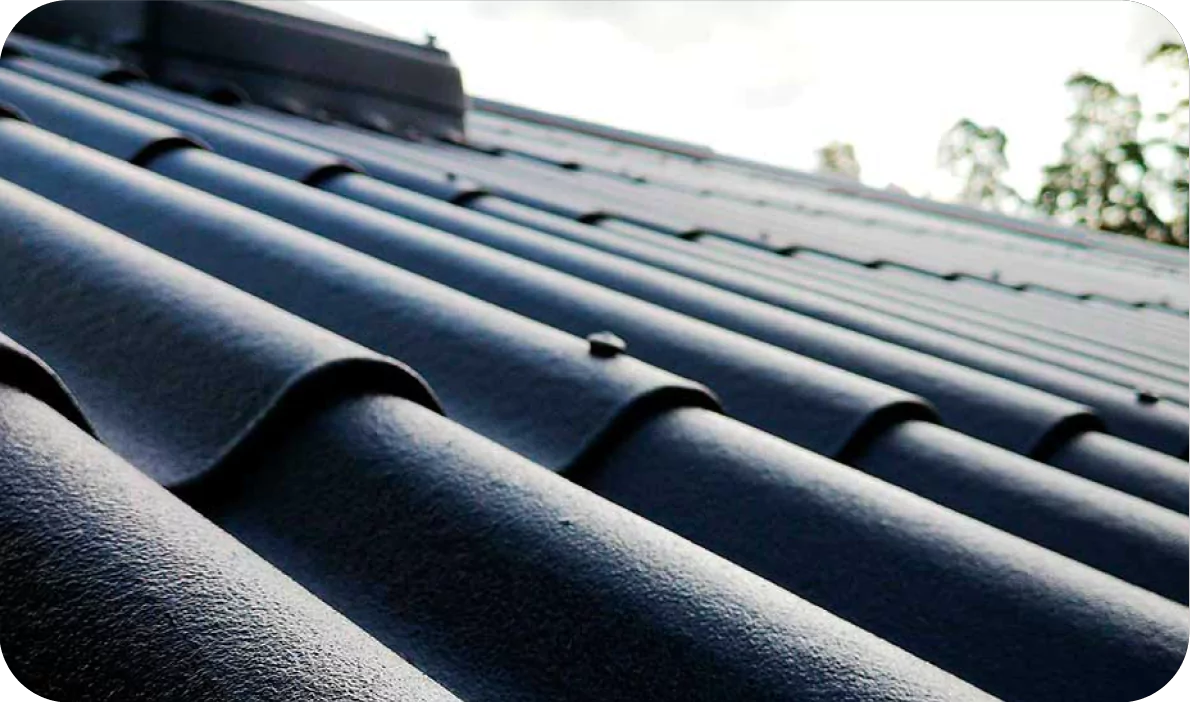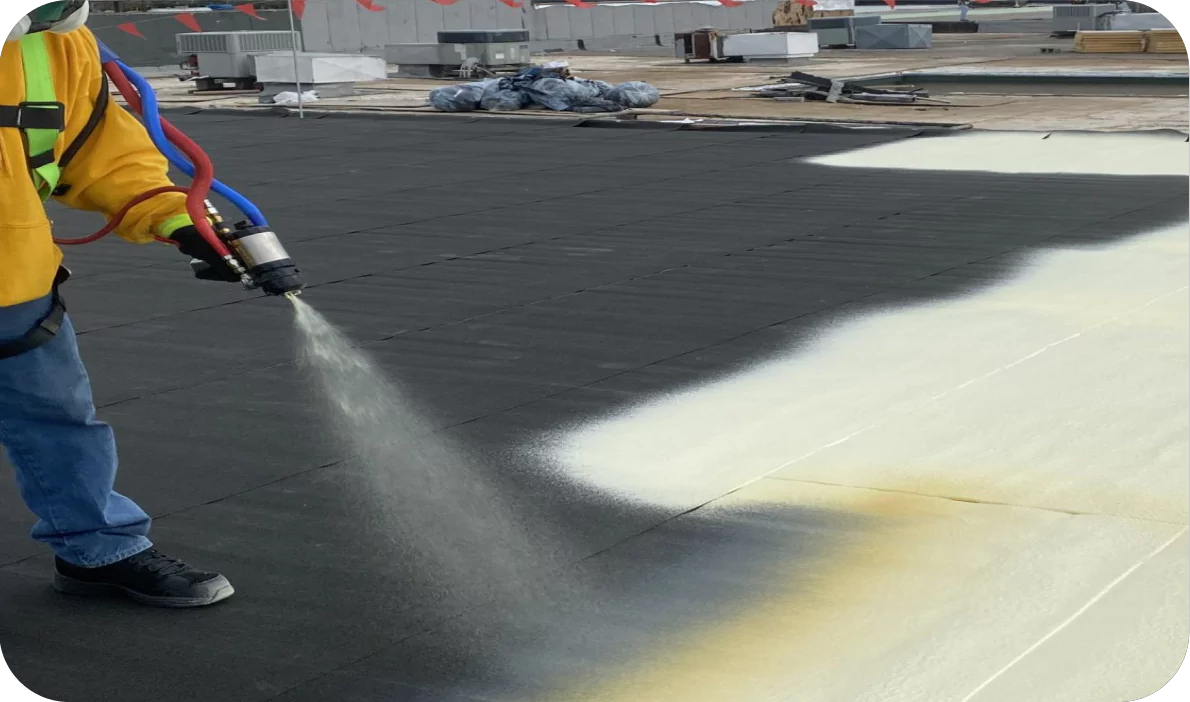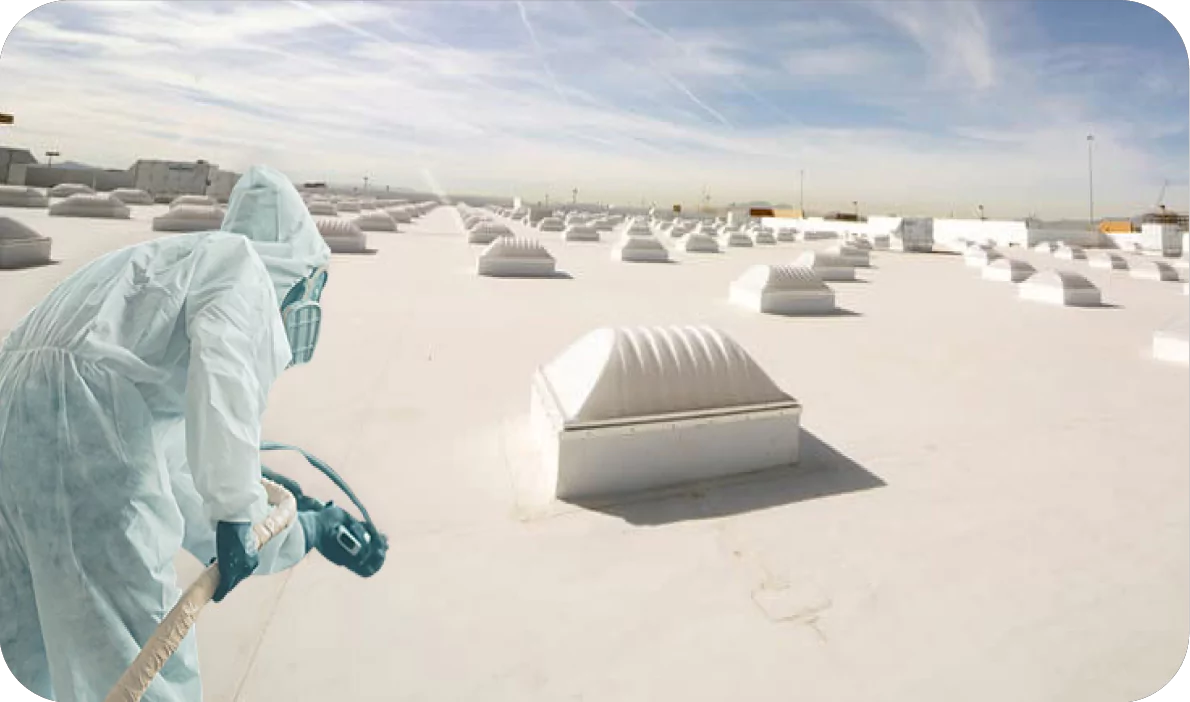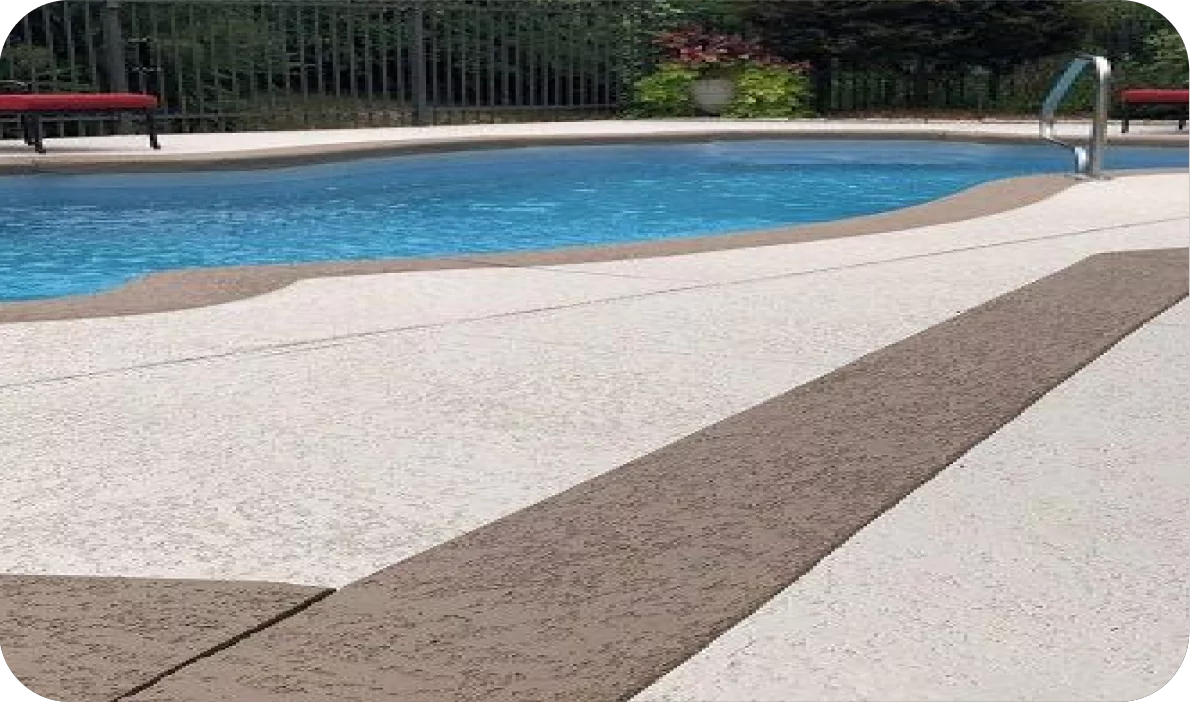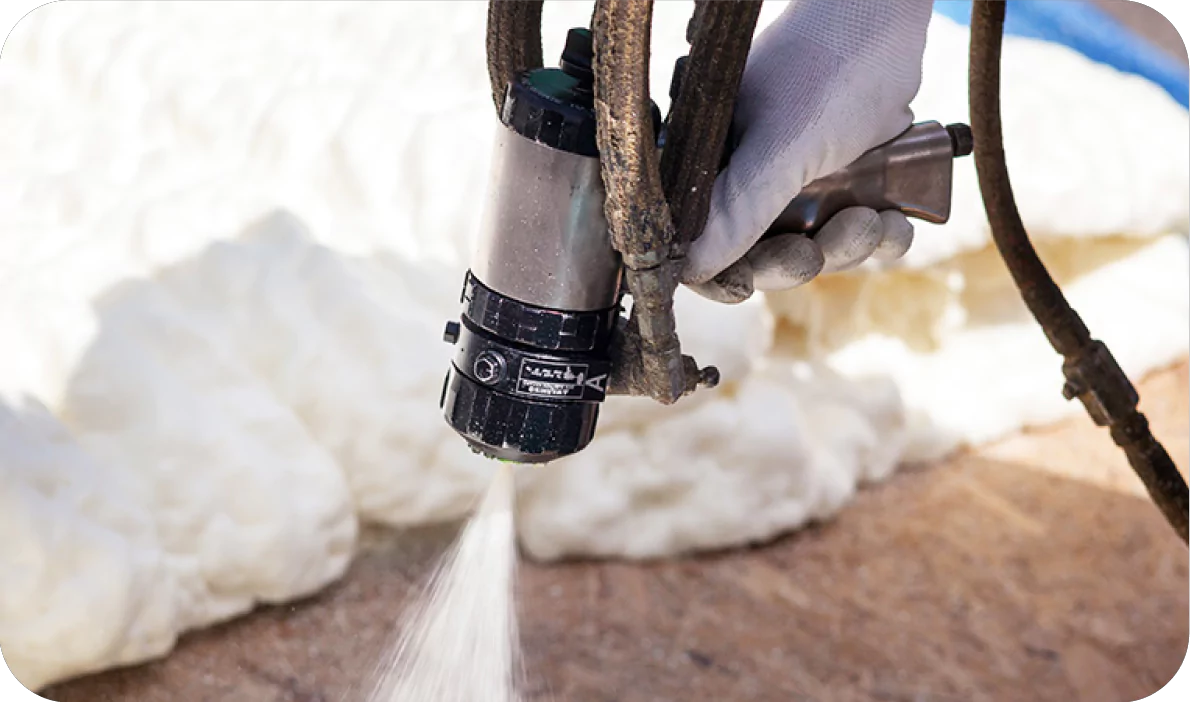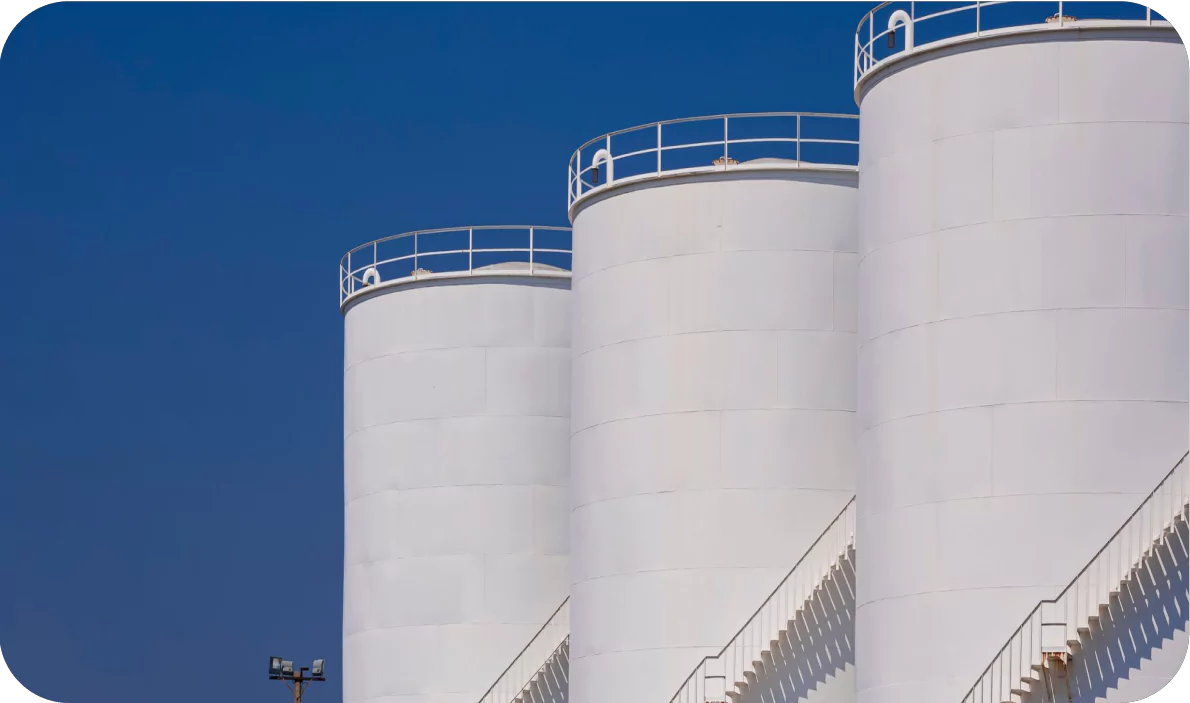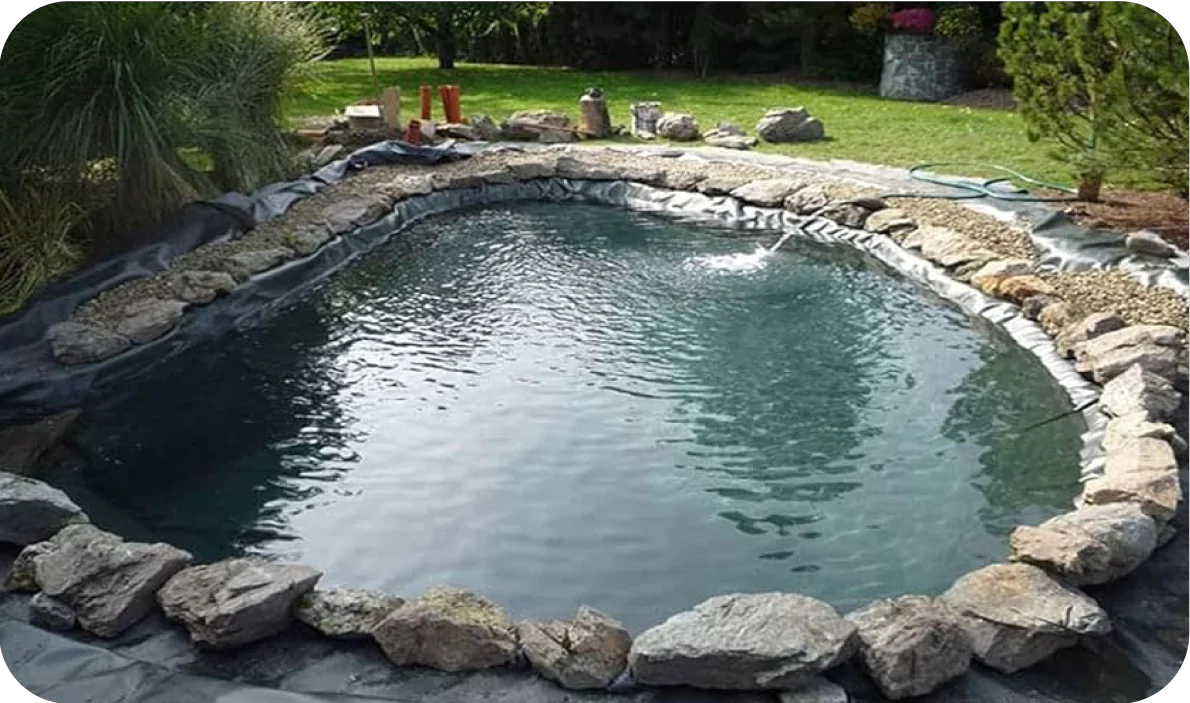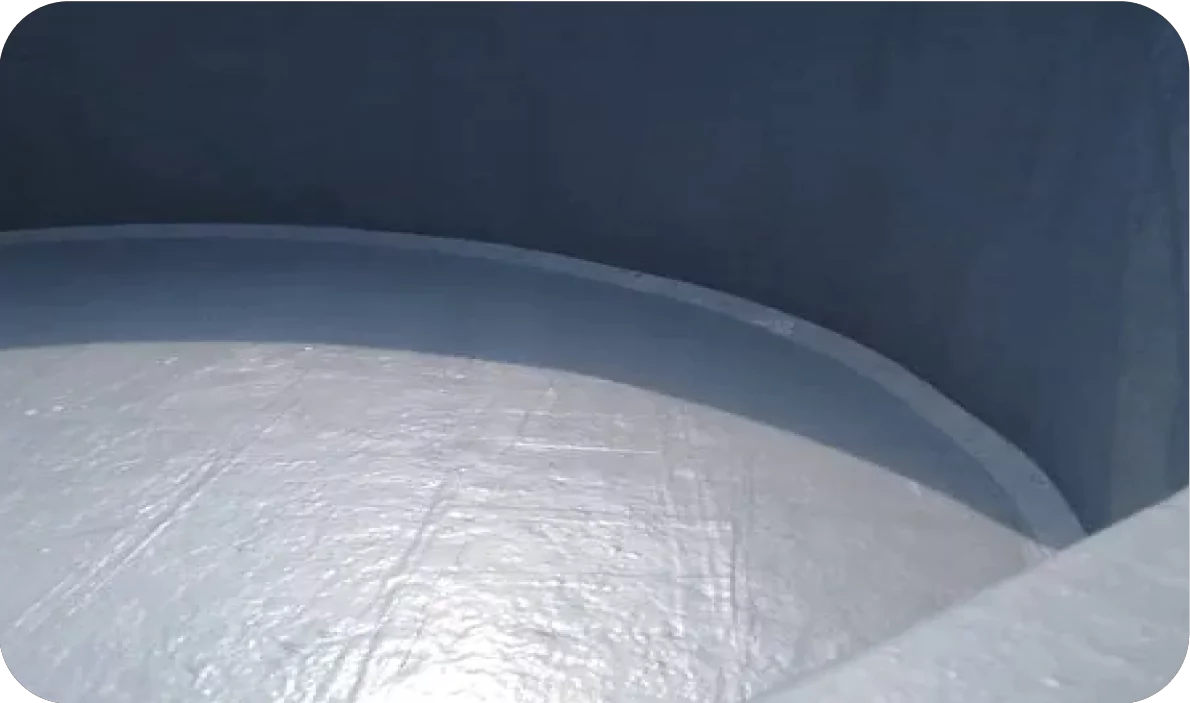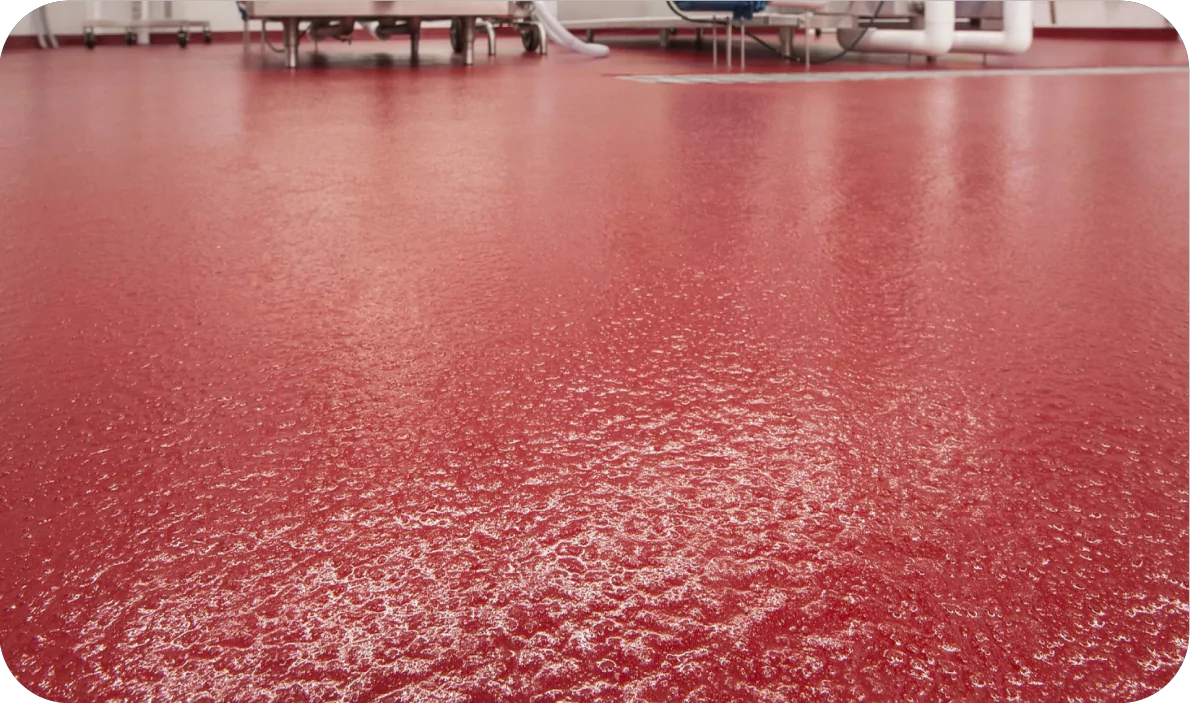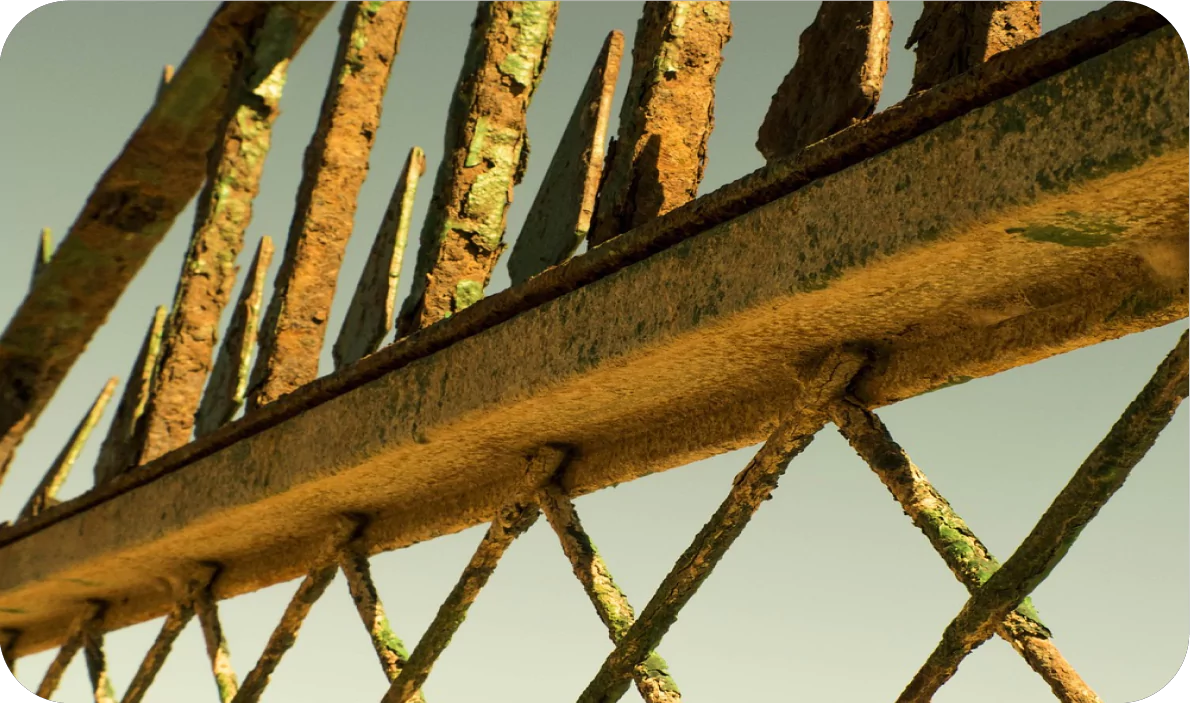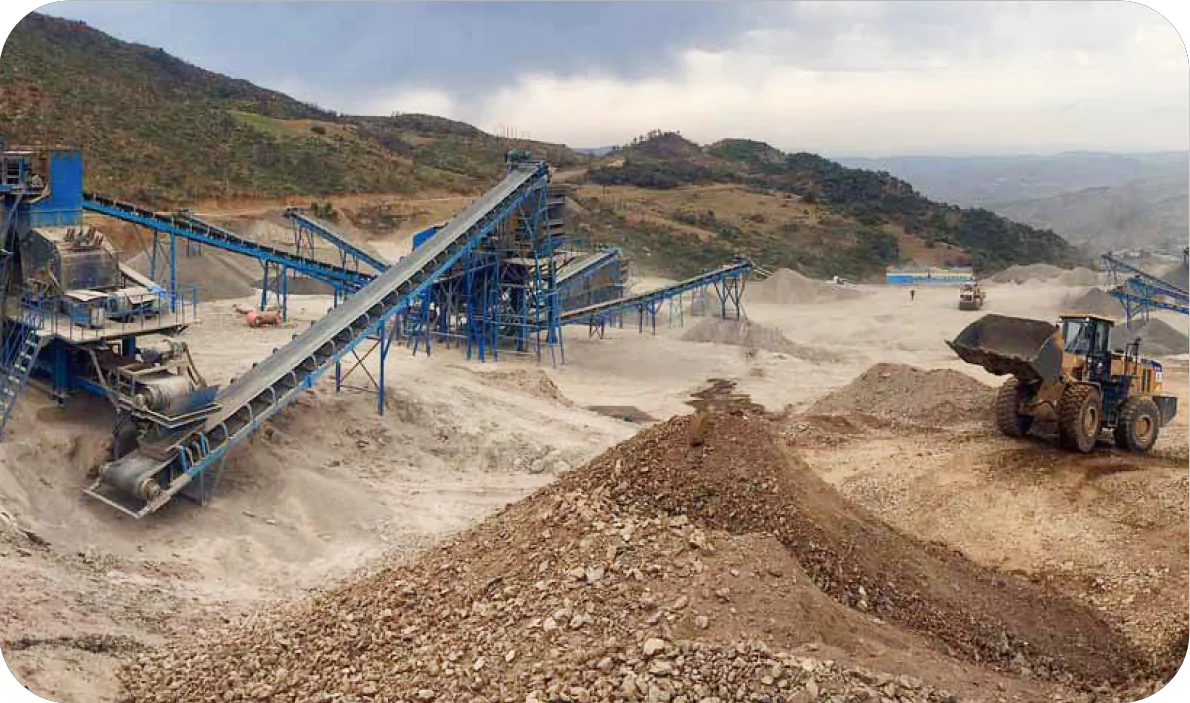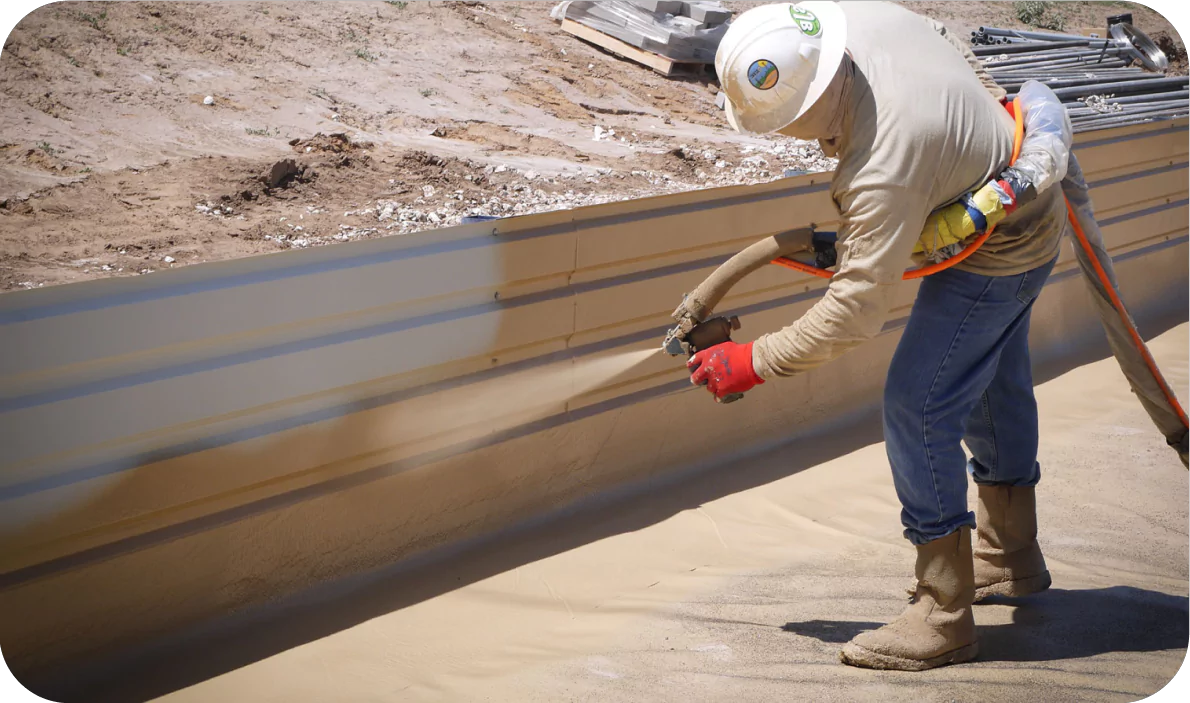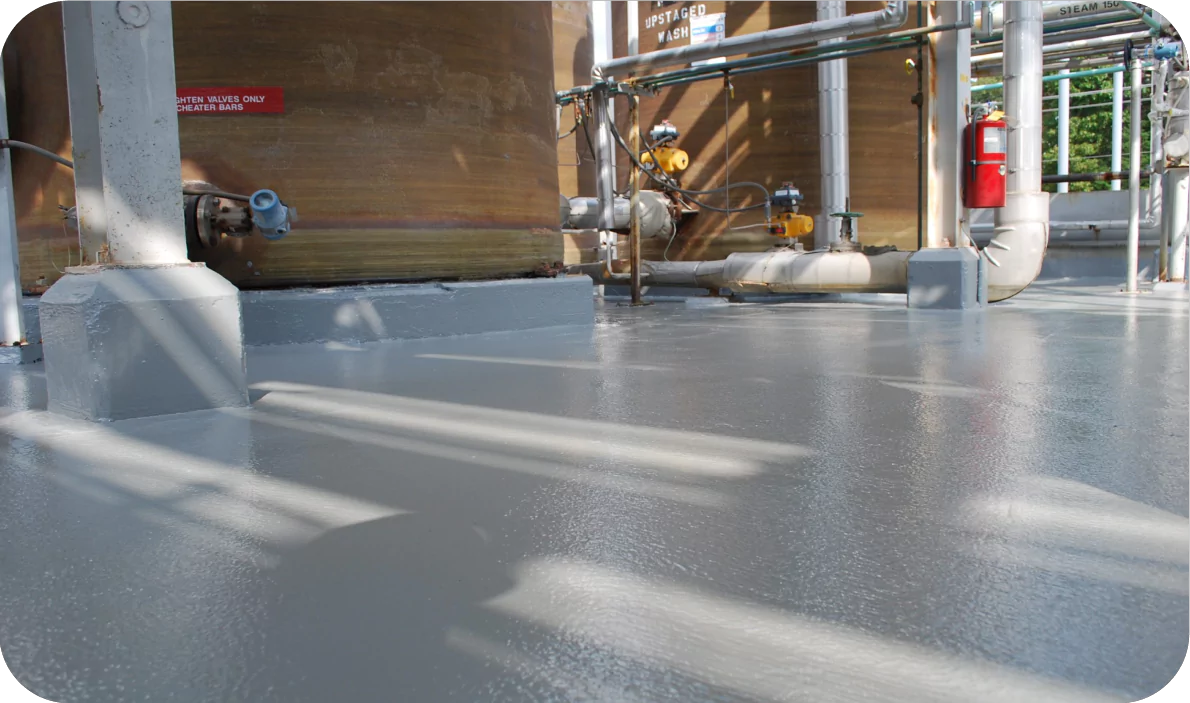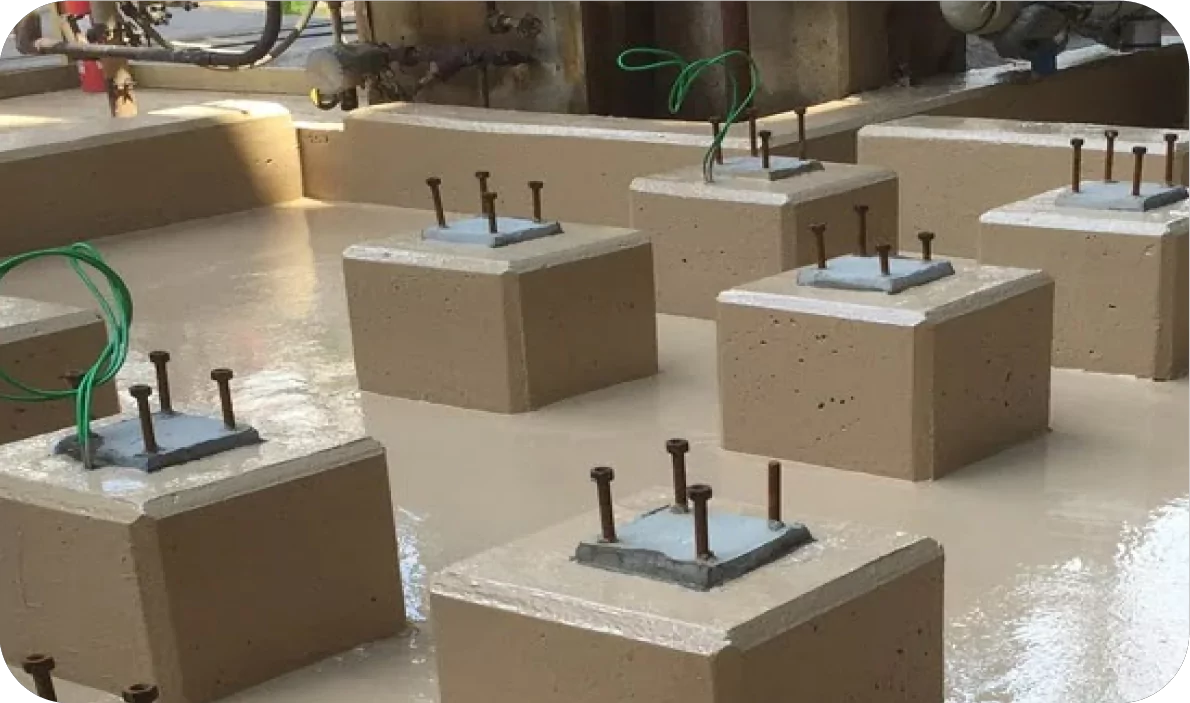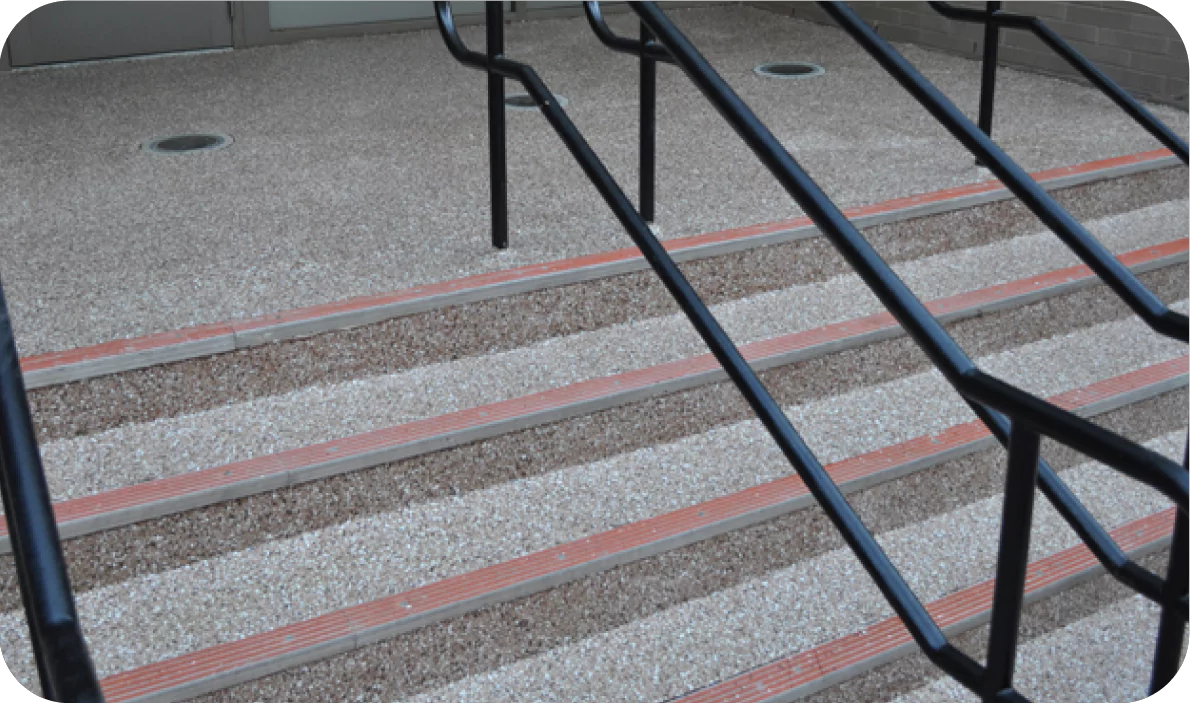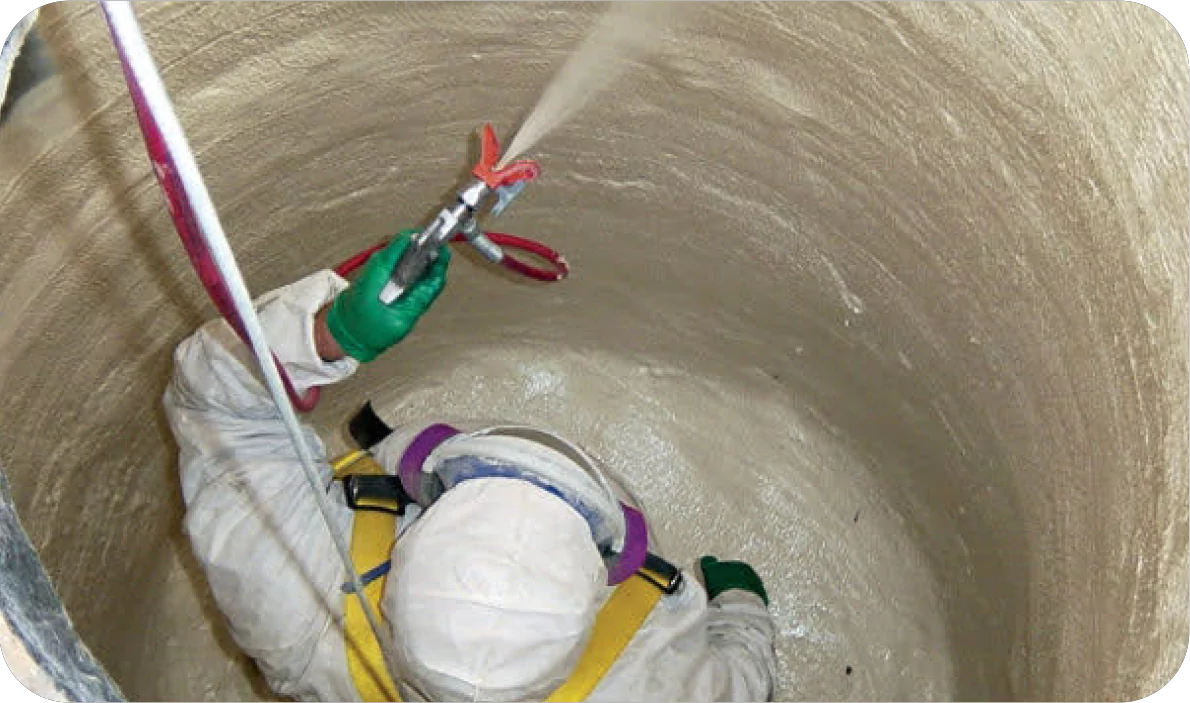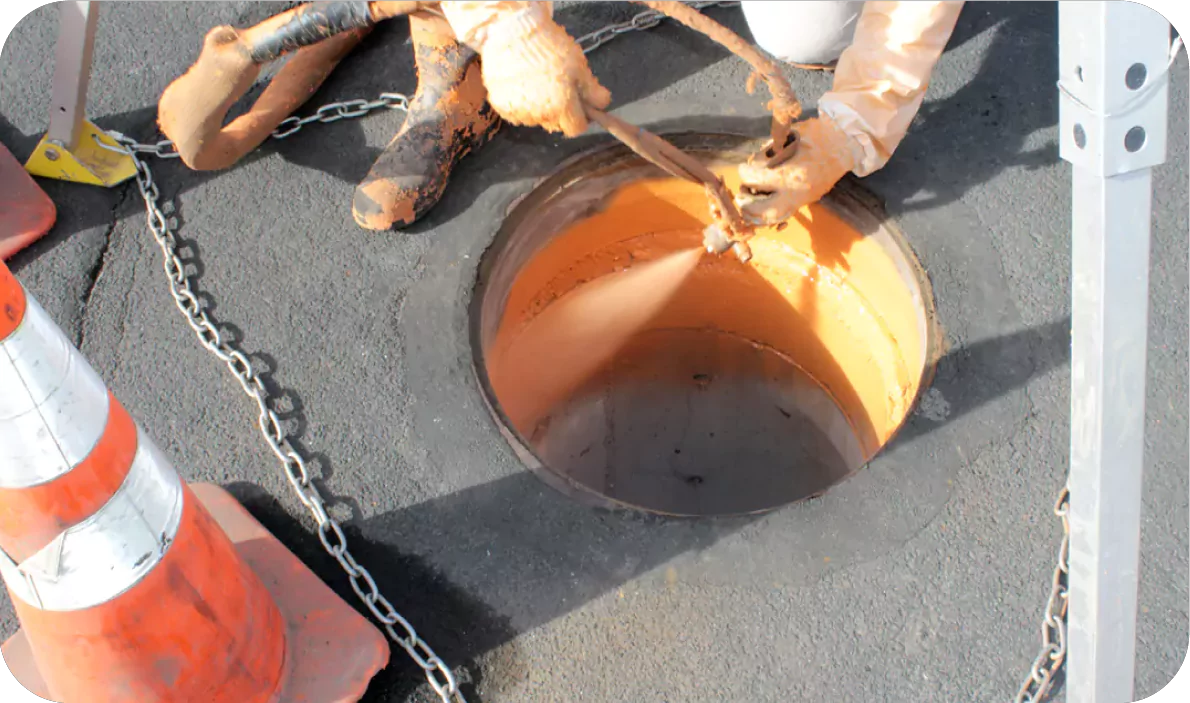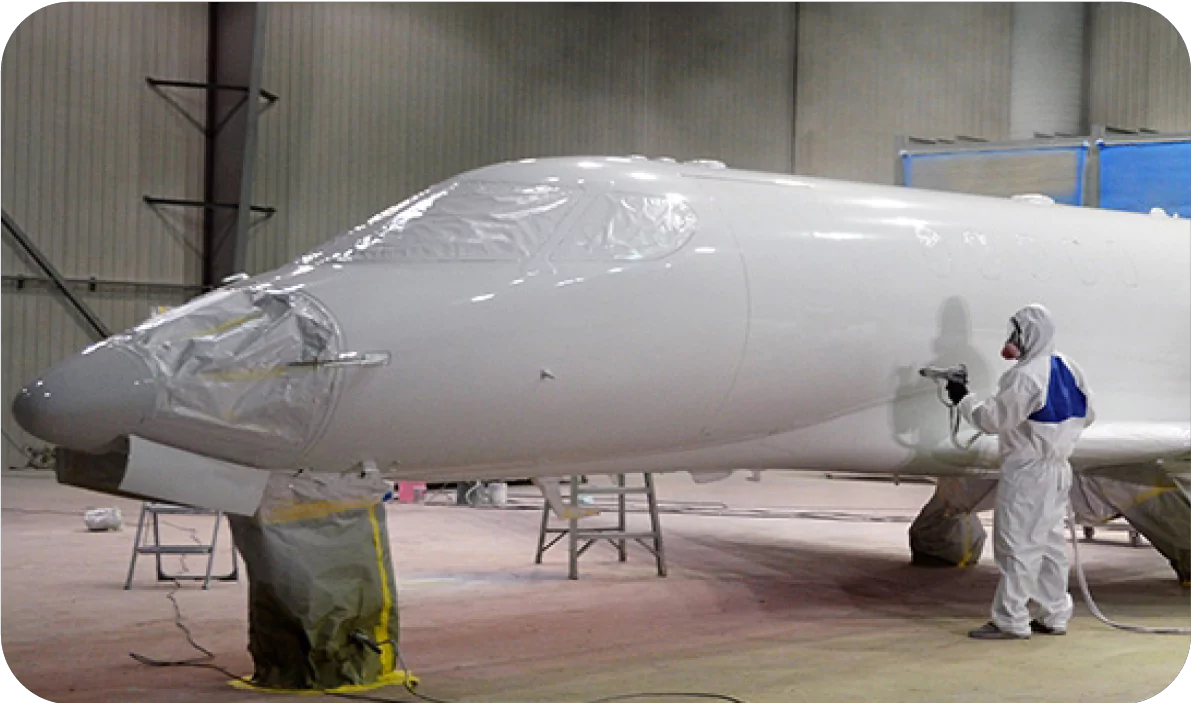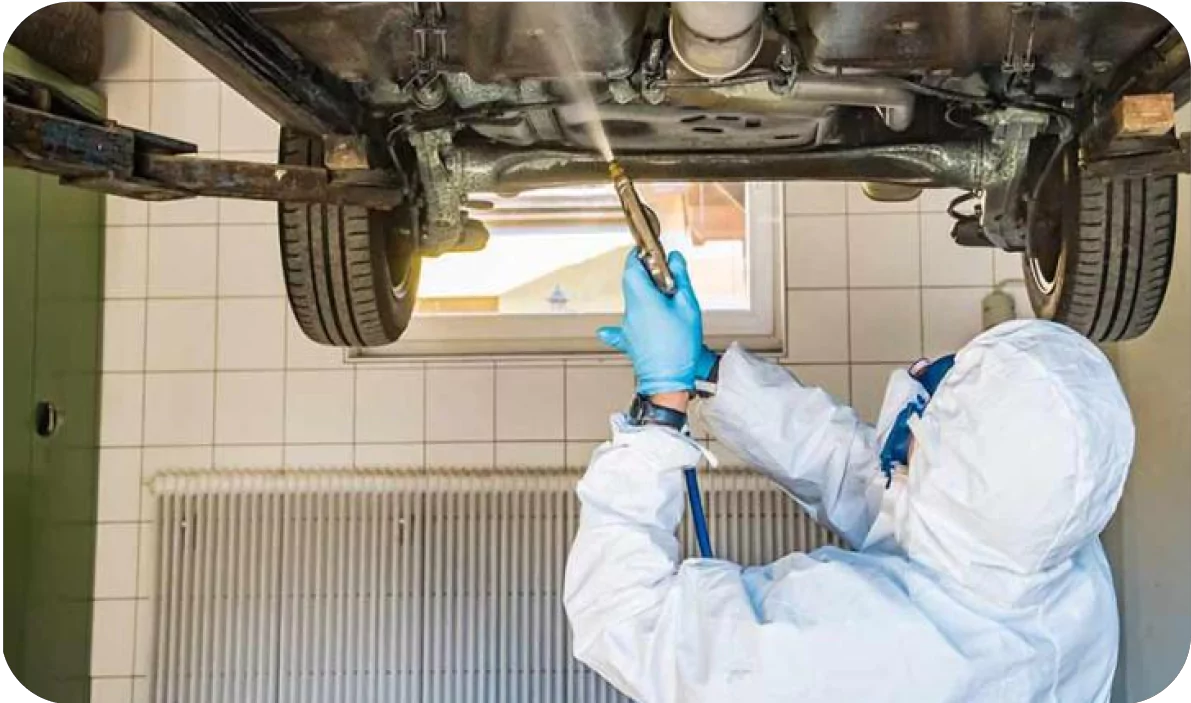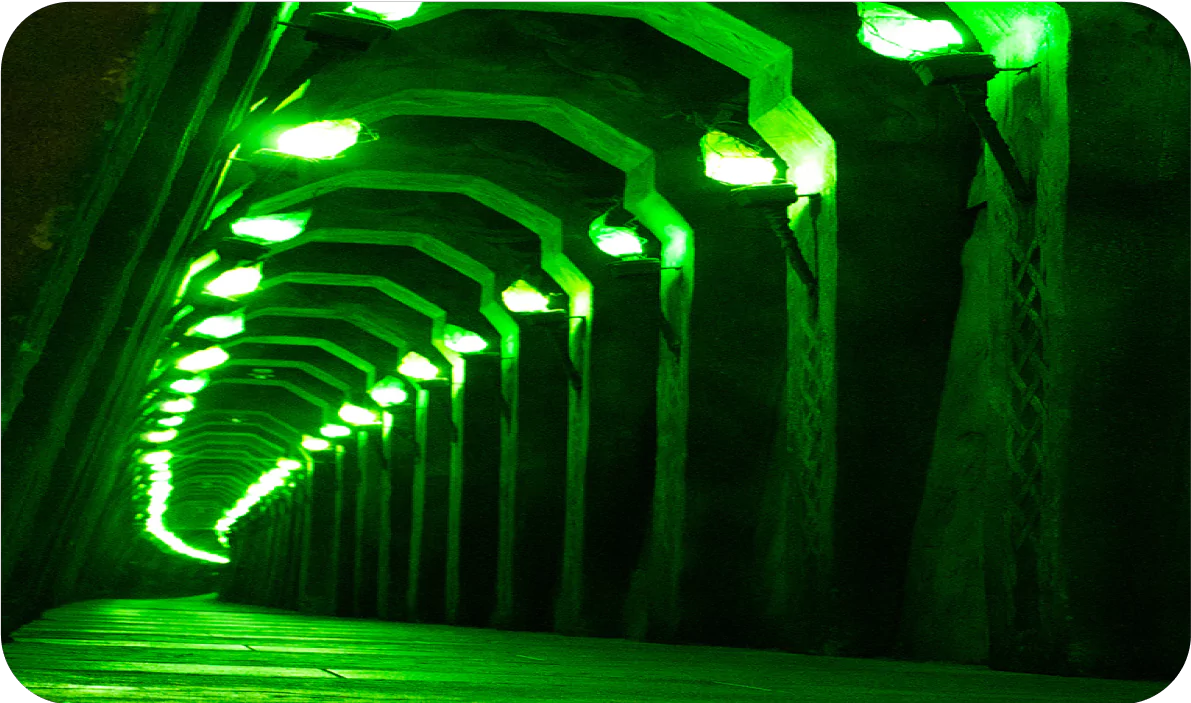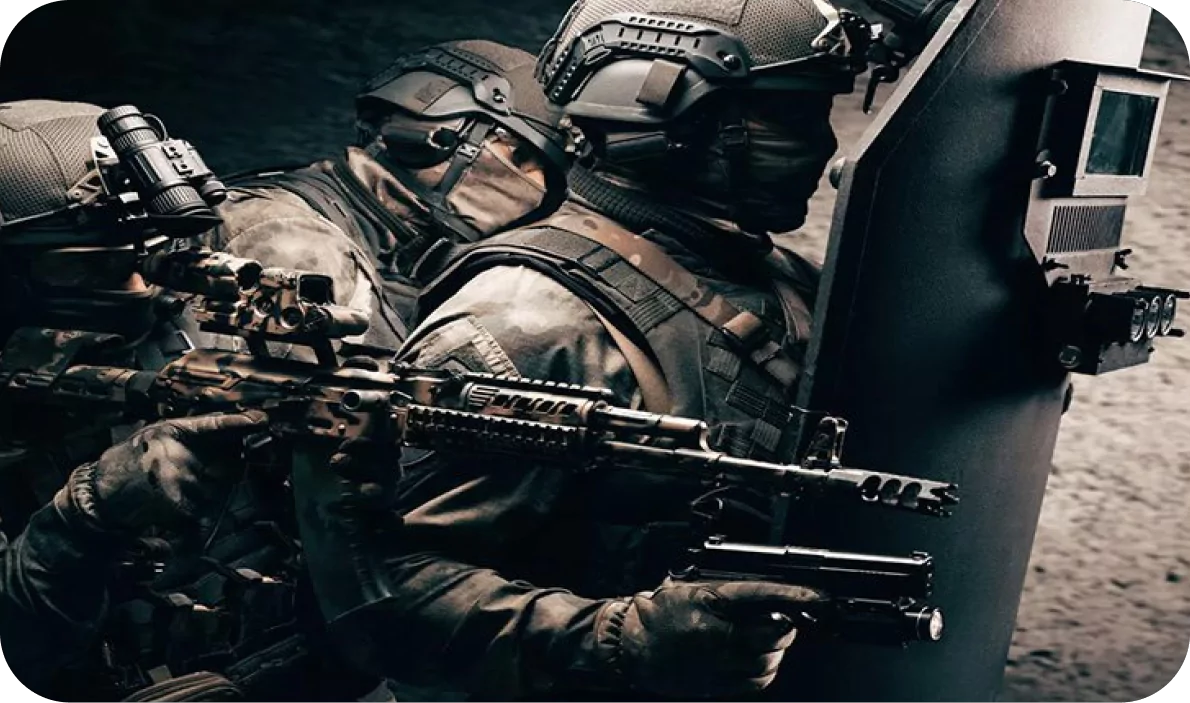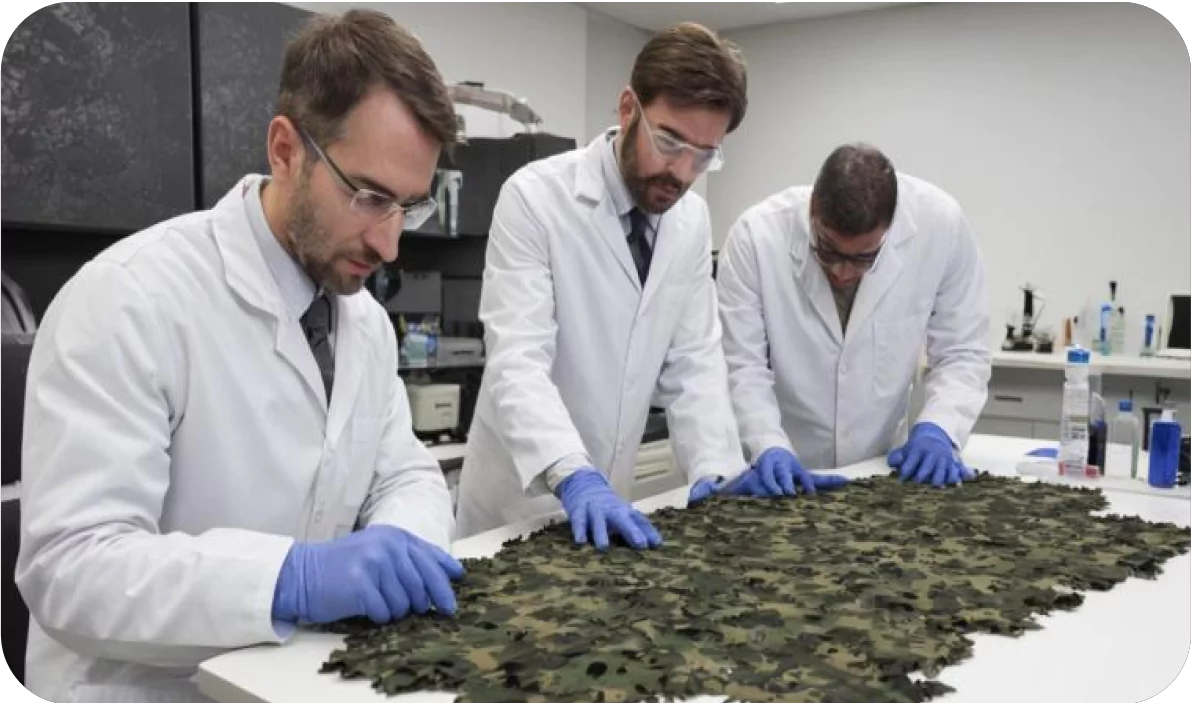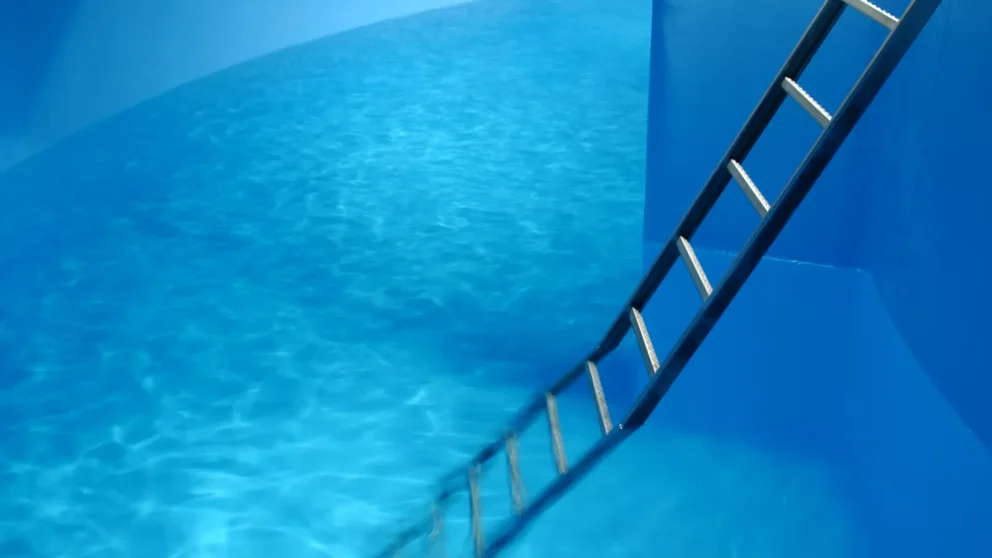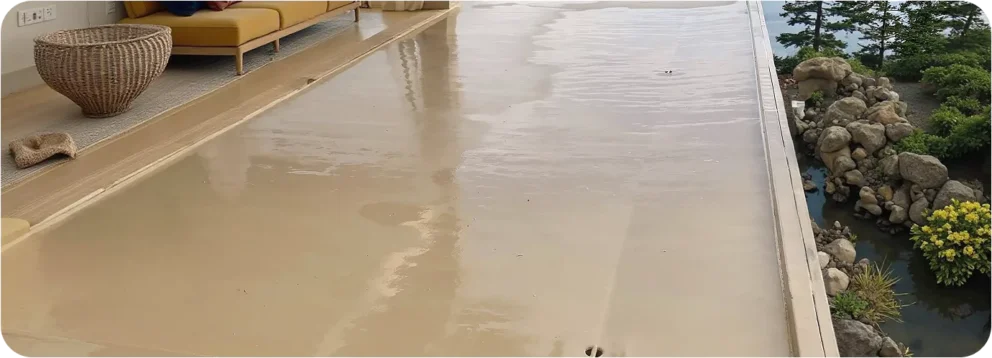ARMORTHANE CASE STUDY: CONCRETE SEWAGE TANK LINING
How ArmorThane’s Polyurea Spray Elastomer Coatings Function as High-Performance Concrete Liners
PROJECT OVERVIEW: CORROSION
PROTECTION FOR EFFLUENT STORAGE
A client operating a water treatment plant located in the Southeastern United States sought ArmorThane’s help to protect their concrete sewage tanks with our polyurea concrete tank liners. Our client was developing new infrastructure that included effluent tanks – the containers responsible for the short-term storage of liquid wastes. By virtue of their role as containers for hazardous materials, their tanks would be in danger of acute and long-term damage from corrosive substances such as hydrogen sulfide and sulfuric acid if left unprotected. So to protect against corrosive chemicals and mitigate other chemical and mechanical risk factors, our coatings were applied in several layers proceeding a meticulous surface preparation regimen. The result was a high-quality tank lining system built from a combination of several of our most successful coatings products.
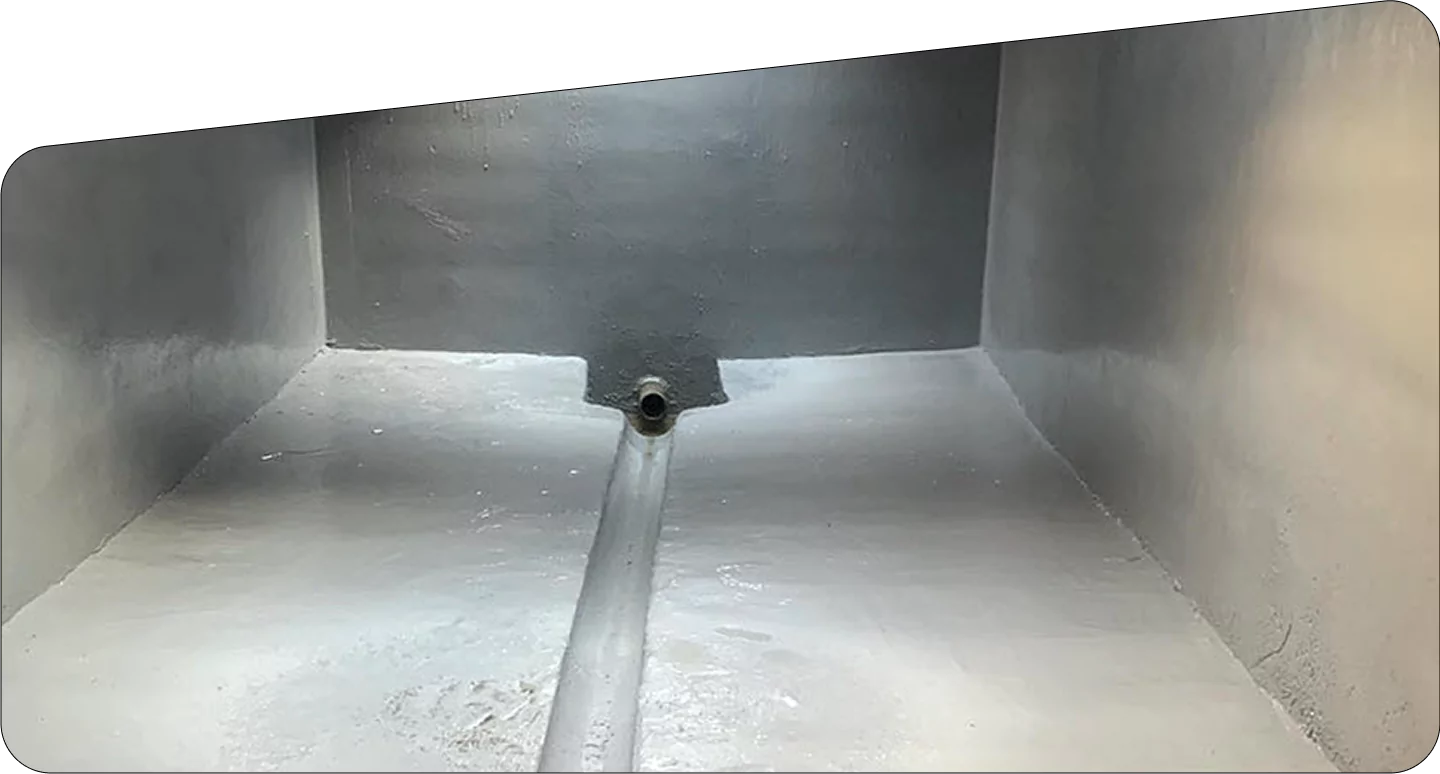
THE APPLICATION PROCESS
Our work began with a series of steps dedicated to preparing the surface for liner installation, starting with the application of a fairing coat called Flexcrete. The fairing coat was used to modify the tank’s surface profile to facilitate better adhesion preceding the application of our ArmorSeal surface primer – ArmorThane’s damp-tolerant, roll-on primer coating. In parallel, local conditions were carefully monitored in preparation for liner application; relative humidity, dew point, and air temperature can all influence application procedures and inform our best practices for each project. The phase following surface preparation was to apply the first two of three total coats of our ArmorLiner coating in contrasting colors. Between these first two coats and the third and final layer, we used specialized combs to carefully guide membrane formation and ensure the correct final thickness was achieved. We subsequently applied the third and final layer of ArmorLiner, which was left to cure, before then assessing the quality of the resulting liner and correcting for any imperfections using spark testing and a suite of standard protocols for evaluating polyurea coatings.
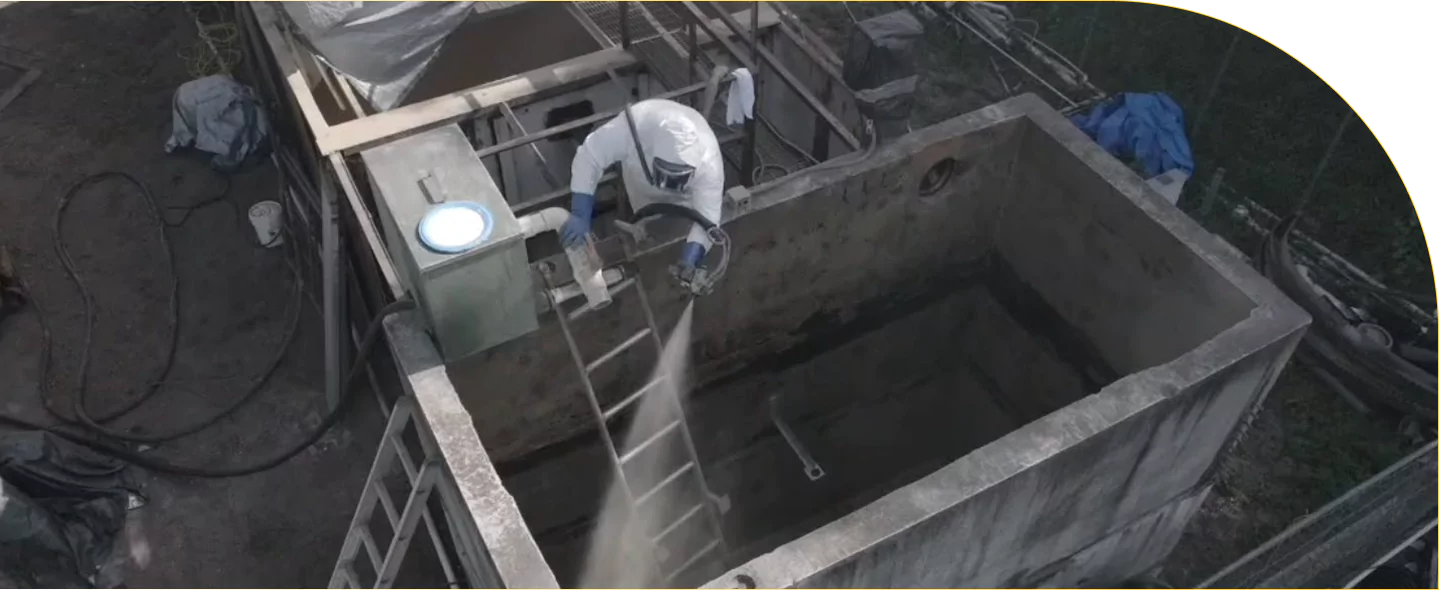
THE RESULTS
Our client expressed that we were successful in exceeding all expectations upon completion of their new concrete sewage tank liners. Their new effluent tanks were deemed ready for operation and new development could continue without fear of future problems associated with hazardous waste containers. Our multicolor application provided an apparent visual cue to let the client know when it’s time to reapply more tank lining materials, and internal evaluations confirmed our own assessments of the liners’ performance capabilities. Now their water treatment operations would be ready to begin when the new development is finished, prepared for up to decades of exposure to the corrosive substances that they’re purpose-built to contain.
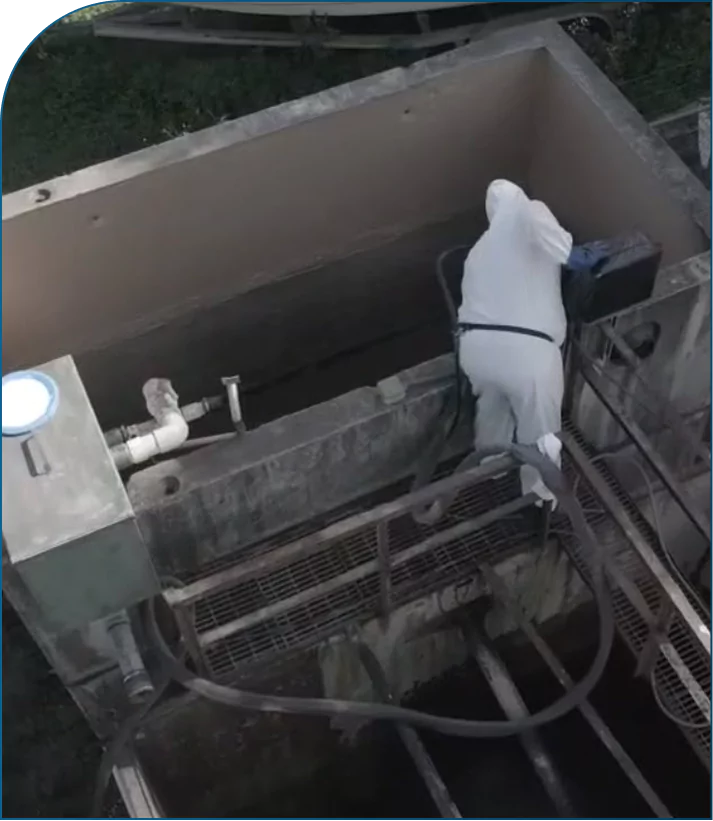
latest news & bLOGS
FREQUENTLY ASKED QUESTIONS
Concrete tanks, including water tanks, can indeed be lined with a protective material. Here we’ve seen how ArmorThane’s polyurea spray coatings were used to renew and upgrade decades-old sewage tanks in a water treatment facility, and they’re similarly useful in many other water storage applications whether they be private, public, commercial, or industrial.
The process of installing a liner in a concrete tank depends on the type of liner. Epoxy liners follow one procedure, vinyl esters another, and polyurea yet another. Each requires its own series of surface preparation steps, environmental monitoring, finishing procedures, and other technology-specific requirements. So the best way to install a concrete tank liner is with the help of an experienced professional like an ArmorThane-certified applicator.
Industrial waste containers like concrete sewage tanks can be very difficult to protect due to concrete’s porous structure and chemical susceptibility to corrosive agents. Concrete sewage tanks are purpose built to contain hazardous fluids like strong acids and noxious gases that can infiltrate and degrade concrete, so they must be insulated with an impermeable membrane like polyurea.
IN CONCLUSION
This case study illustrates how ArmorThane’s polyurea technology can be used to create high-performance concrete tank liners in challenging environments like water treatment plants. But if you want to see more examples of how our polyurea and polyurethane coatings have been used to create safer and more functional surfaces, we’ve published a series of case studies just like this one covering a range of different applications. As the world’s one-stop shop for everything polyurea and polyurethane, sewage tank linings are just one of many areas of expertise that we’ve garnered over more than 35 years in business. If you’re ready to start your next coatings project, or want to learn more about how we can help, we invite you to give us a call or fill out our contact form. Think you can stump us? We’ve yet to face a problem we couldn’t solve – so try us!
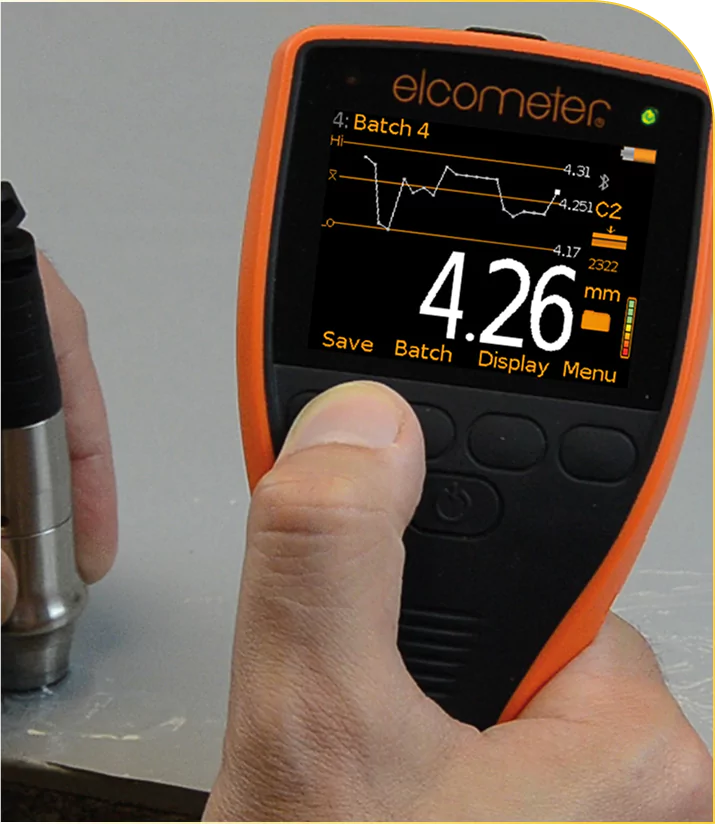
CONTACT US
REQUEST A QUOTE OR
BECOME AN APPLICATOR
ArmorThane has built a strong reputation over the past 30 years for producing high-quality, durable protective coatings.

Phone Number
Tel: 417.831.5090

Email Us
moreinfo@armorthane.com

ABOUT THE AUTHOR
TYLER GLECKLER
I am a chemist with a specialization in nanotechnology and applied materials chemistry. My work has focused on the characterization of optoelectronic materials, namely including semiconductor nanocrystals.
